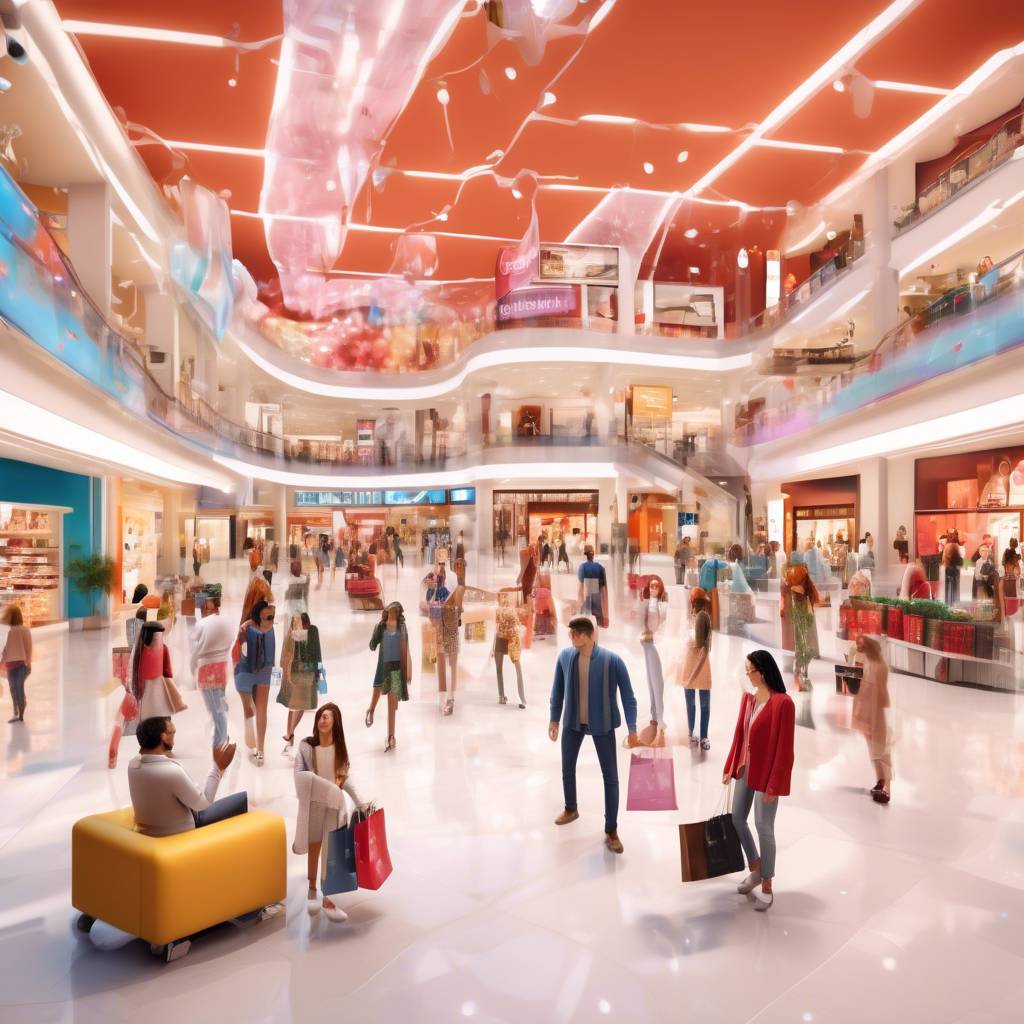The rise of social media in the past two decades has given influencers, individuals with the ability to influence trends and purchasing decisions, a powerful platform to connect with their followers. However, the emergence of artificial intelligence has introduced a new kind of influencer – the virtual influencer. These AI-generated avatars, such as Lu and Lil Miquela, have gained popularity among consumers seeking advice on brands and products.
Lu, the world’s largest virtual influencer, partners with Brazilian retail giant Magalu to provide shopping tips, unbox products, and conduct reviews. Lil Miquela, named by Time Magazine as one of the most influential people on the internet, collaborates with top fashion brands to enhance brand awareness and sales. These virtual influencers are reshaping the way brands connect with consumers in the digital age.
Malls and shopping centers are now utilizing virtual influencers like Cindy to drive both online and foot traffic. By leveraging the popularity and engaging content created by virtual influencers, these retail establishments are bridging the gap between online and in-person shopping experiences, ultimately earning the loyalty of the younger generations such as Gen Z.
To stay relevant and engage customers effectively, shopping centers are leveraging social media and improved web presence to showcase virtual influencers like Cindy. By offering dynamic content, including product suggestions, exclusive deals, and event information, malls are able to connect with shoppers in a meaningful way. The key is to ensure that the virtual influencers embody authenticity and credibility to be perceived as trusted sources.
To succeed in promoting a mall or shopping center, virtual influencers must maintain a high level of authenticity and consistency to resonate with customers. By embodying human characteristics and staying true to the demographics of the surrounding community, virtual influencers can become trusted advisors for shoppers. This authenticity is essential in gaining the trust and loyalty of consumers.
Virtual influencers have become trendsetters in the world of social media, often preferred over human influencers by users. As malls and shopping centers continue to embrace virtual influencers, they are seeing an increase in sales, web visits, and foot traffic. By harnessing the power of AI-driven avatars that embody human traits, these retail establishments are effectively reaching a new generation of consumers and staying ahead of trends in the digital age.









